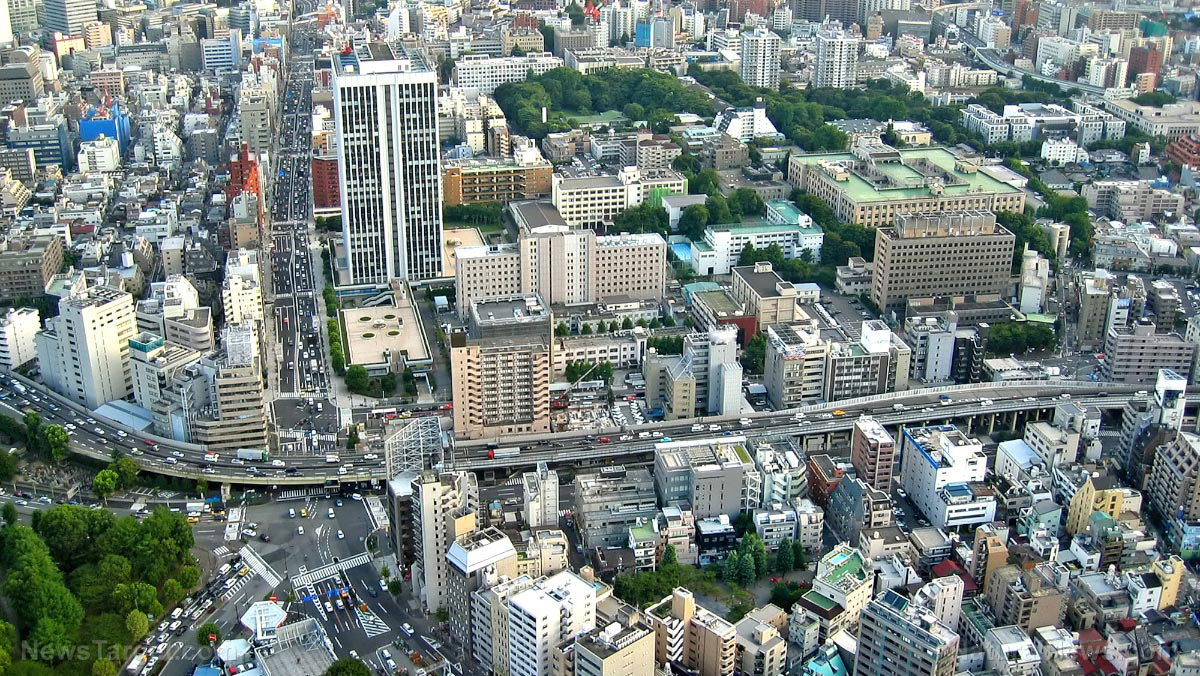
Japan has a population of 126 million people. Tokyo itself has a population of nearly 14 million people, and the Greater Tokyo metropolitan area holds nearly a third of the country's entire population with 37 million residents.
The government's move comes as it attempts to disperse the population of Tokyo to improve declining birth rates and diversify the aging populations of more rural areas.
There is already an incentive in place for families with children to leave Tokyo – 300,000 yen ($2,259) per child. This program began in 2019 and was available for families living in the Greater Tokyo Area for five years who decided to move.
The increase in the incentive is an attempt by officials to encourage more Tokyo residents to leave the city and start new lives in areas deemed "unfashionable" that have been hit by aging, shrinking populations and the migration of younger generations to big cities like Tokyo, Yokohama and Osaka.
This rapid depopulation has left most rural communities outside of Tokyo and other major cities with empty houses and dwindling tax revenues.
Families must live in their new homes for five years, must remain employed
The one million yen payment will be available to families living in Tokyo and the 23 "core" wards within the Greater Tokyo Area. To receive the benefits, families must move outside the metro to designated "disadvantaged local areas." Families could also receive the cash if they relocate to areas within the boundaries of major cities that are also experiencing population decline.
Around 1,300 municipalities in Japan – roughly 80 percent of the total – have signed up for the scheme in the hopes that they may receive new families whose attitudes about urban living have shifted greatly in the past few years due to rapidly declining quality of life and increasing cost of living. Half of the money will come from these local municipalities, while the other half will come from the national government.
Families that take up the government's offer must live in their new municipality for at least five years and at least one member of the household must be employed or planning to open a new business in the area. Anybody that breaches the terms of the arrangement would be asked to return the money.
Families are allowed to continue working remotely at their current jobs. Those who need to resign from their positions will be provided support to either find a new job at a local small or medium-sized business or to start a new business in the area.
Families with two children could receive a bonus of one million yen – or receive a total of three million ($22,625) if they take up the government's offer. They would also be eligible to sign up for more financial support if they decide to set up a business in the area they want to live in, they could apply for even more subsidies. Factoring in the additional financial aid, a family with two children could be eligible for up to five million yen ($37,723).
The program to incentivize families to move out of the Greater Tokyo Area has been ongoing since 2019. That year, only 71 families took up the government's offer. The next year, 290 families signed up. But in 2021, the number of families that agreed to move out of Tokyo under the program ballooned to 1,184.
The government is hoping that the additional support will convince 10,000 more families to move out of Tokyo by 2027.
Learn more about fertility rates and population growth at Depopulation.news.
Watch this clip from InfoWars discussing Japan's launch of an official investigation into Wuhan coronavirus (COVID-19) vaccine deaths, which may have contributed to the country's population decline.
This video is from the InfoWars channel on Brighteon.com.
More related stories:
World population breached 8 billion mark on November 15, says UN.
Demographers warn of looming population collapse.
United Nations announces and celebrates "replacement migration" in public documents.
Sources include:
Please contact us for more information.


















